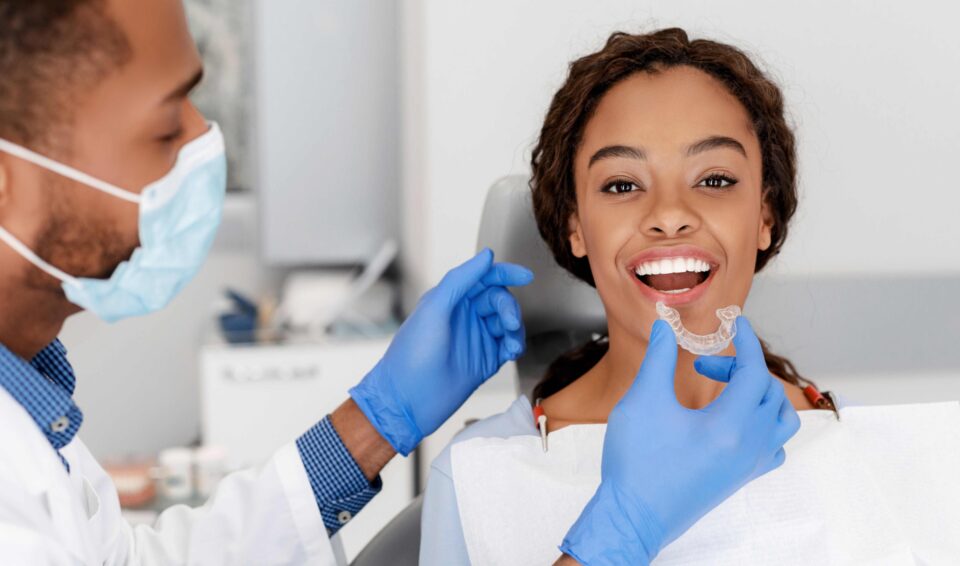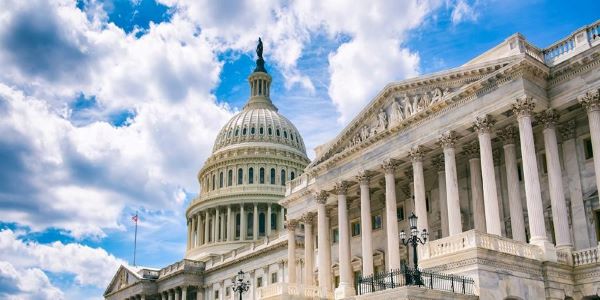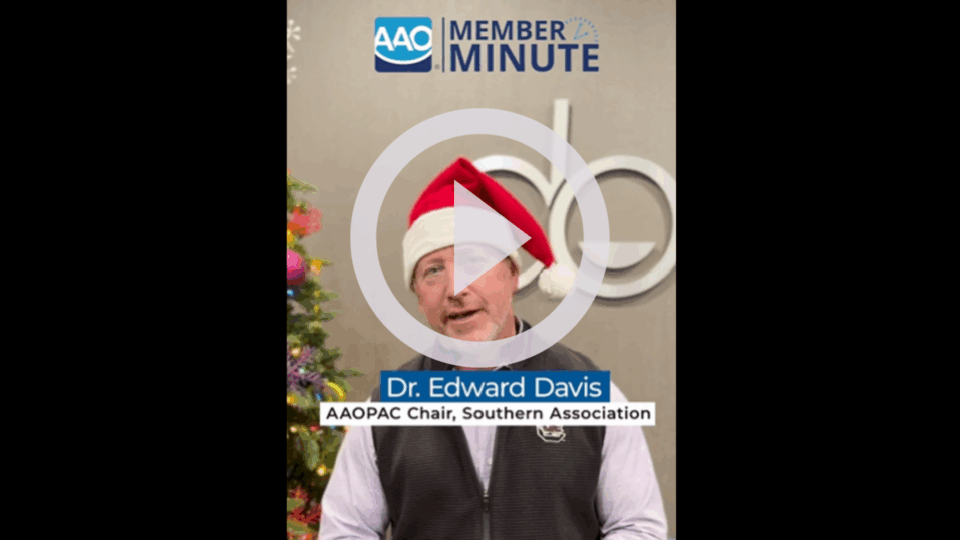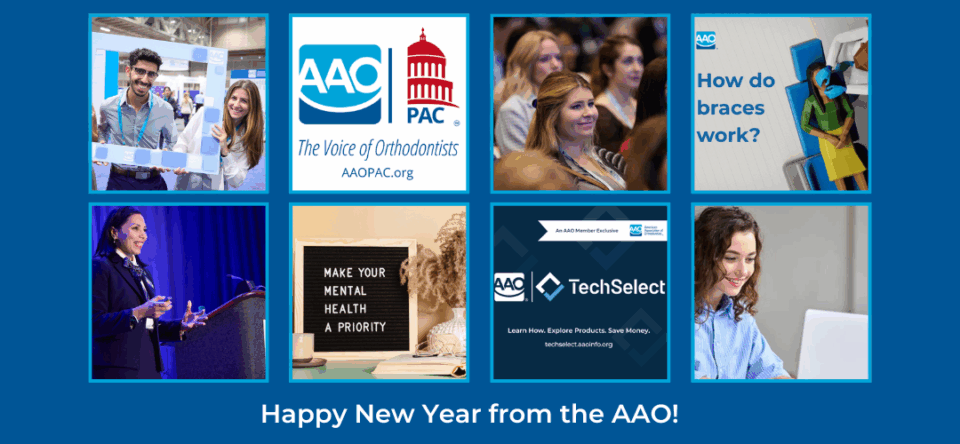Historically, every two years since 1987, the AAO Economics of Orthodontics and Patient Census Survey has requested information from practicing members in the United States and Canada regarding changes in their practices. Due to the COVID-19 pandemic, however, the 2021 survey that would have requested member practice data from 2020 did not take place.
Earlier this year, members responded to the 2023 survey, providing data from 2022 about their practices. Key objectives for the survey included:
● Understand how practice statistics have changed since the study was last conducted in 2019 (for 2018 data), as well as document historical trends where applicable;
● Determine how practices compare to pre-COVID.
All differences stated in the report are significant at the 95% confidence level. The precision of each question varies based on the number of responses, but ranges from ± 2.70% for questions with the most responses to ± 9.90% for questions with the fewest responses.
Click here to view AAO member demographics on the Member Data: AAO by the Numbers page, and to access the complete 2023 AAO Economics and Patient Census Study report.
Highlights of 2023 survey responses include:
Patient Numbers and Referrals Are Similar to the Pre-Pandemic Picture
● Based on the 9,596-member database of AAO Active and Life members, the estimated number of total patients in active treatment across members in the U.S. and Canada is approximately 5.51 million. This estimate is up slightly in total patients in active treatment compared to the 2018 survey, but still down from the high point in 2016.
● In 2022, U.S. AAO members (about 9,160) were treating an average of 344 patients ages 8 to 17 for a total of approximately 3.15 million patients. That equated to about 7.4% of U.S. children ages 8 to 17 (up slightly from 7.3% in 2018).
● The only significant decrease from an age perspective is among patients ages 18 to 34 years old.
● Referrals from general dentists remained consistent at 41% compared to 2018, while referrals from patients also remained steady at 35%.
Employment Growth in DSOs and OSOs
● The shift toward employment in Dental Support Organizations and Orthodontic Support Organizations increased with 14% of members working in those modalities, compared to 6% in 2018.
● Corporate Dental Practice / DSO respondents were up to 9% (compared to 6% in 2018).
● Respondents under the age of 35 are much more likely to have a DSO or OSO practice modality (28%) than those age 35 or older (12%) and are also more likely to work in an Orthodontist Owned Group Practice (35%) than those age 35 or older (16%).
Practice Ownership Drops Sharply, but Many Respondents’ Future Plans Include Modality Changes
● The percentage of orthodontist-owned single/group practices continued to decline to 71%, down from 91% in 2014, 84% in 2016, and 80% in 2018.
● 71% of respondents under age 35 reported being an employee. No other age group was greater than 30% (ages 35-44).
● Males are more likely to be practice owners (75%) than females (55%) with females more likely to be an employee (38%) than males (22%). This was especially true for respondents under the age of 35 with the disparity becoming smaller with age.
● DSO/OSO respondents are nearly evenly split on whether they intend to transition to/back to private practice.
● Female respondents are more likely to intend to transition to private practice (50% Yes / 26% No) while male respondents are less likely to intend to transition (33% Yes / 48% No).
● Younger members are much more likely to intend to transition to private practice (79% Yes / 5% No for those under age 35) while no respondent age 55 or older intends to transition.
Hours Spent Seeing Patients Consistent with Pre-Pandemic Reports
● Historically, the average number of hours per week spent seeing patients has been 30.
During 2022, the average number of hours per week was also 30.
● 76% of respondents saw patients on a full-time basis (at least 25 hours per week). This is down slightly from 78% in the 2018 survey.
● DSO/OSO respondents saw patients for 32 hours per week compared to 29 hours per week in other modalities.
Staffing in Today’s Offices Down Slightly
● In 2022, the average number of employees in AAO member practices was 9 full-time and 2 part-time staff. This is down from 11 full-time employees in 2018, although this may be driven by only asking the 2022 question to practice owners.
● 29% of respondents employed 10 or more full-time staff in 2022. This statistic is down slightly from 32% in 2018.
● Respondents reported an average of 6.2 staff per doctor in 2022. This is down from 6.9 staff per doctor in 2018.
Average Student Loan Debt at End of Residency Up $22,000 Since 2018
● The average student loan debt for all respondents at end of residency (regardless of age/time since graduation) was $191k, an increase of $22k compared to 2018.
● The average student loan debt outstanding currently is $86,000 (up $9,000 from 2018) with 1 out of 3 survey respondents having student loan debt outstanding.
● No significant correlation was found linking higher student loan debt at graduation to a higher salary.
Salary Differences Impact Women, Minorities
Roughly half of salaries (47%) are less than $300k, including 14% under $150k. The peak salary for respondents was from those age 45-54 with 29% earning more than $500k and 36% earning less than $300k.
There is a significant discrepancy in salary by gender, even when adjusted for age and ownership. Females of all ages are more likely to earn $200k or less than their male counterparts of the same age. In addition, females between 45-64 are much less likely to earn $500k or more compared to males.
For practice owners under the age of 45, this difference is generally explained by the difference in hours seeing patients between male and females. However, for those age 45 or above there is still a significant difference after accounting for hours seeing patients.
Respondents of an ethnic minority reported a salary that is approximately 25% lower than white respondents. This difference was consistent even after adjusting for age, ownership status, and hours seeing patients.



